As Korean Labor Costs Rise GM Builds Capacity in China, Moves R&D Work On Compacts To Detroit
Following labor unrest and increasing costs at their operations in South Korea, General Motors has begun to reevaluate GM Korea’s role in the giant automaker’s production plans. Currently GM Korea, formerly Daewoo, builds about 20% of GM’s global production. The already announced shifting of production of Opel’s Mokka small crossover to the Zaragoza facility in Spain starting in the second half of 2014 may portend other changes in GM Korea’s role. Both foreign and domestic Korean automakers have expressed concern over rapidly rising wages in that country. The strong Korean currency, the won, coupled with those rising labor costs have made Korea one of the more expensive places for GM to build cars.
GM Korea is one of the Detroit based car company’s production hubs, particularly for developing markets, though the Korean built Aveo/Sonic is sold in Europe and North America as well. At least 80% of GM Korea’s products are exported, according to some sources, over 90%. GM Korea also has had an important role in developing GM’s smaller car platforms but Reuters’ sources say that development of GM’s compact Chevy Cruze’s platform has been moved to the automaker’s Tech Center in suburban Detroit. GM is also building four new assembly plants in China, which could supplant Korea as a GM export hub.
A spokesman for the union representing GM Korea’s production workers, who received a $9,000 signing bonus in their most recent contract, said that the company is bluffing. “Our view is that management is making threats to pressure us and make us cooperate,” Korean Metal Workers Union spokesman Choi Jong-hak said. Strikes before the settlement cost GM Korea, according to the company, about $92 million in lost production, about 48,000 vehicles. During the labor strife, union members raided the office of GM Korea CFO Stephen Small, brandishing steel pipes while demanding bigger meal subsidies, to which the company later agreed.
GM already told the union that the next generation Chevrolet Cruze would not be assembled in Korea, though the existing version will continue to be made there to be sold in emerging markets. The Zaragoza facility is said to be one of the plants under consideration for next gen Cruze production (along with Ohio’s Lordstown facility that builds Cruzes for the North American market).
GM’s current small car success (the Sonic is currently the second best-selling car in its North American segment) has its roots in South Korea, which has provided the company with much of its small car product development over the past decade. Location in Asia and what were low labor costs helped GM grow sales in China and other emerging markets. That was then. Today GM’s labor cost per vehicle in Korea is $1,133, according to information GM Korea provided to their labor union. That figure is almost 70% higher than the $677 average for the rest of GM’s international operations. Korean labor costs per vehicle are now about what it costs GM to build a car in Russia or Spain, “the lower end of the scale of what GM considers as a high-cost country”, a Reuters’ source within GM said.
Labor compensation per employee went up 119% in South Korea in the decade from 2000 to 2009, compared to 40% in the U.S. and 27% in Europe. Rising labor costs in South Korea even prompted GM CEO Dan Akerson to raise the issue with Republic of Korea president Park Geun-hye when she was on a state visit to Washington D.C. earlier this year.
Other car companies operating in South Korea have experienced labor unrest. Union delegates at Hyundai Motor Co. voted to strike the automaker just last Friday, with a full member vote on whether to walk out or not scheduled to take place this Wednesday. GM, Hyundai and others with Korean production are also concerned about a legal case before the South Korean supreme court involving the meaning of “regular wage”. The decision would affect how overtime and pension payments are calculated. GM sources say it is potentially the biggest threat to that country’s industrial competitiveness and that a decision in favor of the union would raise GM Korea’s labor costs by at least 10%.
More by TTAC Staff
Latest Car Reviews
Read moreLatest Product Reviews
Read moreRecent Comments
- Arthur Dailey 'Ere it's a nice little runner.Actually anyone with my log-in/sign-in name and picture absolutely should not be commenting on this article.
- Arthur Dailey Is the original Legend absolute peak Honda?
- MaintenanceCosts Curb weight of this version is likely north of 4500 pounds. Expect it to feel like a W221 S-Class, not a sporty coupe.
- Parkave231 New Oldsmobiles are in early this year.
- MaintenanceCosts "While there are absolutely exceptions, the days of the super-sleazy used car dealer seem to be behind us here in the States."Citation needed.



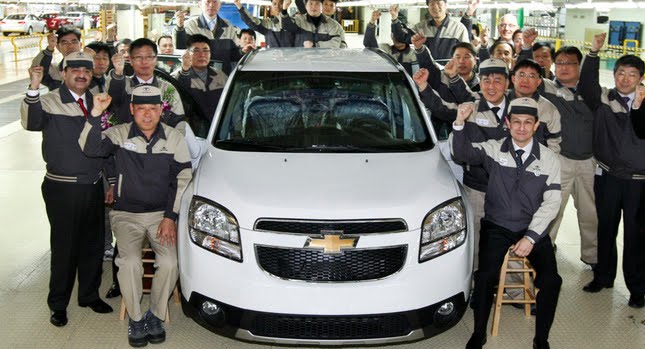















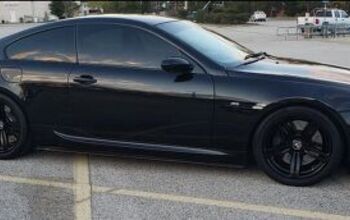
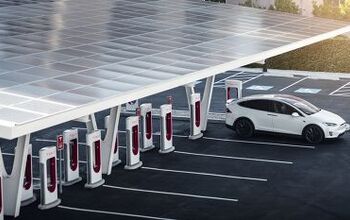

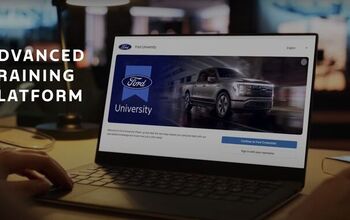
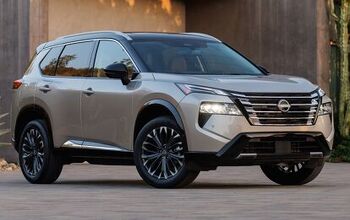
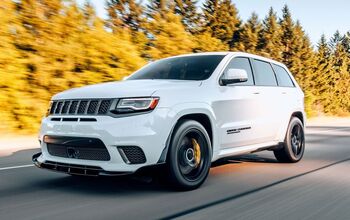

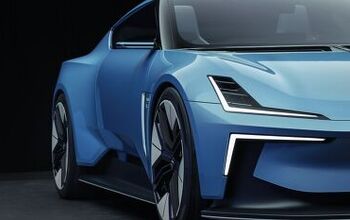

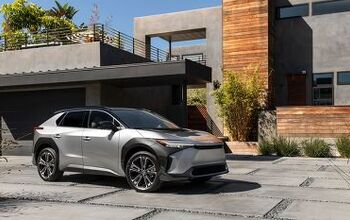


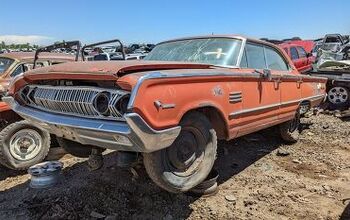
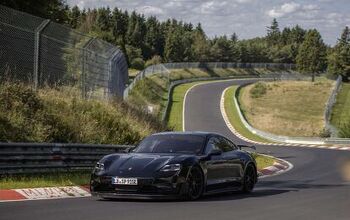
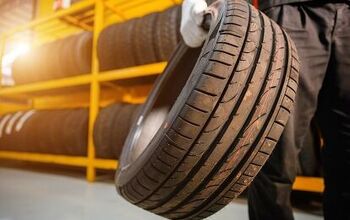
Comments
Join the conversation
Funny Germany is the most unionized place on earth. Here's what the CIA factbook says about Australia he Australian economy has experienced continuous growth and features low unemployment, contained inflation, very low public debt, and a strong and stable financial system. By 2012, Australia had experienced more than 20 years of continued economic growth, averaging 3.5% a year. Demand for resources and energy from Asia and especially China has grown rapidly, creating a channel for resources investments and growth in commodity exports. The high Australian dollar has hurt the manufacturing sector, while the services sector is the largest part of the Australian economy, accounting for about 70% of GDP and 75% of jobs. Australia was comparatively unaffected by the global financial crisis as the banking system has remained strong and inflation is under control. Australia has benefited from a dramatic surge in its terms of trade in recent years, stemming from rising global commodity prices. Australia is a significant exporter of natural resources, energy, and food. Australia's abundant and diverse natural resources attract high levels of foreign investment and include extensive reserves of coal, iron, copper, gold, natural gas, uranium, and renewable energy sources. A series of major investments, such as the US$40 billion Gorgon Liquid Natural Gas project, will significantly expand the resources sector. Australia is an open market with minimal restrictions on imports of goods and services. The process of opening up has increased productivity, stimulated growth, and made the economy more flexible and dynamic. Australia plays an active role in the World Trade Organization, APEC, the G20, and other trade forums. Australia has bilateral free trade agreements (FTAs) with Chile, Malaysia, New Zealand, Singapore, Thailand, and the US, has a regional FTA with ASEAN and New Zealand, is negotiating agreements with China, India, Indonesia, Japan, and the Republic of Korea, as well as with its Pacific neighbors and the Gulf Cooperation Council countries, and is also working on the Trans-Pacific Partnership Agreement with Brunei Darussalam, Canada, Chile, Malaysia, Mexico, New Zealand, Peru, Singapore, the US, and Vietnam. Commodities, yes. Manufacturing, not so much.
Maybe Romney can convince Jeep to move to Australia. Especially rightwing politicians will say anything to get the workers to vote against their own interests. By the middle of this century when Australia is mined out, it will be a giant retirement colony for the Chinese after the Chinese version of Goldman Sachs engineers an economic collapse.